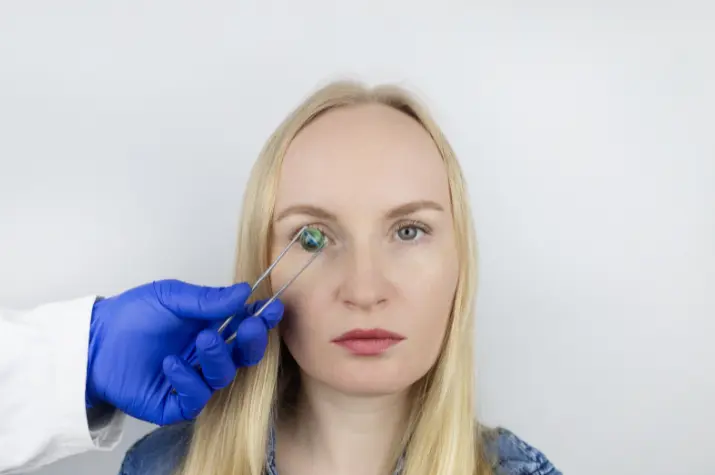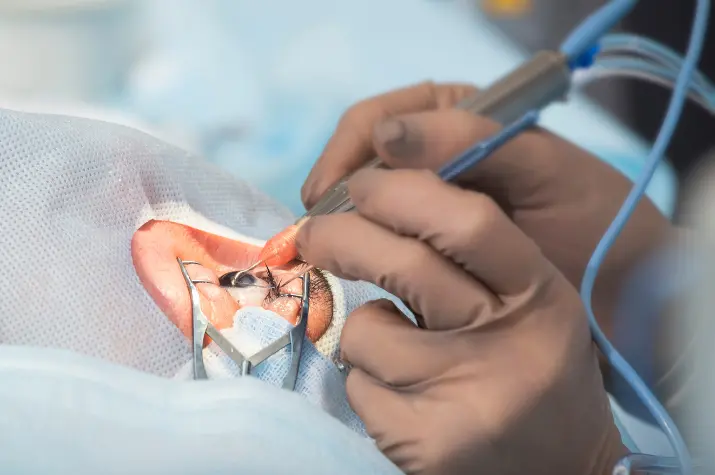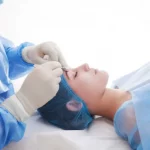
Cataracts, a common ocular condition characterized by the clouding of the eye’s lens, can significantly impact vision and overall quality of life. If you suspect you have cataracts, understanding the available treatment options is crucial.
Do You Have Cataracts?
This guide provides a detailed exploration of potential interventions, ranging from non-surgical approaches to advanced surgical procedures.
Each option offers a unique pathway to address cataracts, allowing individuals to make informed decisions about managing their eye health and optimizing visual outcomes.
You may also like:
- Are Yearly Eye Exams Really Needed?
- How to Take Care of Your Eyes
- Eye Disorders: The 5 Treatments That Can Be Considered
Vision Aids and Lifestyle Adjustments
In the early stages of cataracts, when symptoms are mild, vision aids and lifestyle adjustments can be effective in managing visual difficulties.
Prescription eyeglasses with the appropriate lens power can compensate for refractive changes associated with cataracts, improving clarity and focus. Magnifying lenses and brighter lighting can also enhance vision for activities such as reading.
Additionally, wearing sunglasses that block ultraviolet (UV) rays can help slow the progression of cataracts caused by UV exposure. While these measures provide temporary relief, they can not be sufficient as cataracts advance, necessitating more definitive interventions.
Medication and Eye Drops

Cataracts are not treated with medication or eye drops as main therapies; however, in rare instances, these treatments can be prescribed to control the symptoms that are associated with cataracts.
It is possible to provide anti-inflammatory eye drops to patients who are suffering pain or inflammation as a result of cataracts. These drops assist in reducing redness and irritation, which contributes to an eye condition that is more pleasant to those who use them.
However, it is essential to stress that while these treatments can treat secondary complications associated with cataracts, they cannot reverse or eradicate the cataract itself.
With the progression of cataracts, surgical alternatives have become more prevalent for providing long-term improvement in eyesight.
Advanced Lenses for Surgical Solutions
Addressing cataracts involves considering advanced lenses as crucial elements in surgical solutions, with the Light Adjustable Lens for Cataracts (LAL) standing out as a remarkable innovation.
This cutting-edge technology, represented by the LAL, allows for postoperative adjustments, enabling surgeons to fine-tune the lens parameters and optimize visual acuity. The LAL signifies a significant advancement in cataract treatment, offering personalized and precise visual outcomes tailored to individual patient needs.
As a testament to evolving surgical options, the LAL exemplifies a patient-centric approach to cataract management, showcasing the potential for improved clarity and reduced reliance on corrective eyewear.
In the realm of cataract treatment, advanced lenses like the LAL contribute to the ongoing progress in enhancing both surgical techniques and patient experiences.
Phacoemulsification: Minimally Invasive Surgical Technique

Phacoemulsification, a minimally invasive surgical technique, is the standard method for cataract removal. During this procedure, ultrasonic energy is used to break up the clouded lens into fragments, which are then suctioned out of the eye.
The artificial IOL is then inserted to replace the removed lens, restoring clarity of vision. Phacoemulsification is known for its precision and rapid recovery, often allowing patients to resume normal activities shortly after the surgery.
The small incision required for this technique minimizes discomfort and reduces the risk of complications, making it a widely favored approach for cataract surgery.
YAG Laser Capsulotomy for Post-Surgery Complications
In some cases, individuals who have undergone cataract surgery can experience a condition known as posterior capsular opacification (PCO) or secondary cataracts.
This occurs when residual lens cells increase on the back capsule of the lens, causing cloudiness and blurred vision. YAG laser capsulotomy is a non-invasive procedure used to address PCO. The laser creates an opening in the clouded capsule, restoring clear vision.
This quick and effective procedure is often performed on an outpatient basis, providing a simple solution for individuals experiencing complications after cataract surgery.
Conclusion
Navigating cataracts involves understanding the range of treatment options available, each offering a specific approach to address the impact of this common eye condition.
From vision aids and lifestyle adjustments to advanced surgical interventions such as phacoemulsification and implantation of advanced lenses, individuals have the opportunity to make informed decisions about their eye health.
Surgical procedures like YAG laser capsulotomy further ensure that post-surgery complications are effectively managed.
By exploring and discussing these treatment options with eye care professionals, individuals can embark on a path toward clearer vision and an improved quality of life.
About The Author:
Stacey Smith is a freelance health writer. She is passionate about writing about women’s health, dental health, diabetes, endocrinology, and nutrition and provides in-depth features on the latest in health news for medical clinics and health magazines.




